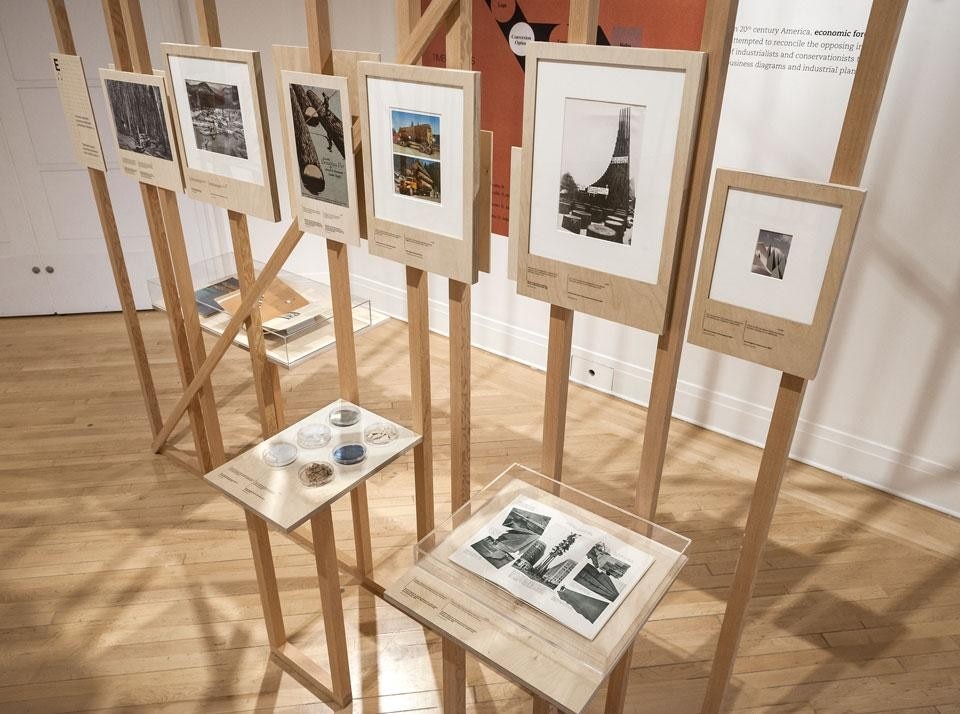Entitled First, The Forests, the exhibition explores the ways in which we understand and perceive forests, introducing the concept of forestry as a design (not just science) tool and a form of knowledge about creating artificial forests. With some previous research on his back, the curator — with a Master degree in architecture from Harvard GSD and a PhD candidate at the Technion Israel Institute of Technology — proposes an invitation to question the "romantic and more traditional approach of the forest and nature", as suggested by Mirko Zardini, Director and Chief Curator of the CCA.
Handel's curatorial project is ambitious. It is historic and contemporarily researched, and argues that forests are not the natural scenery that we think they are, but a highly processed, rational, productive and manicured environment. To sustain this, Handel investigated a variety of forests manifestations between a range of time that goes back to 17th century Venice to the recent Hannover Expo in the year 2000. The research collected information from the CCA archives alongside external primary sources. After spending three months developing this task, the immense amount of data and outcome possibilities needed to be filtered, and the project is thus organized under four categories that provide the interpreter with a synthetic view of the complex and larger phenomenon of forestry and nature. These are: Bureaucratic Forestry, Scientific Forestry, Tropical Forestry and Economic Forestry.
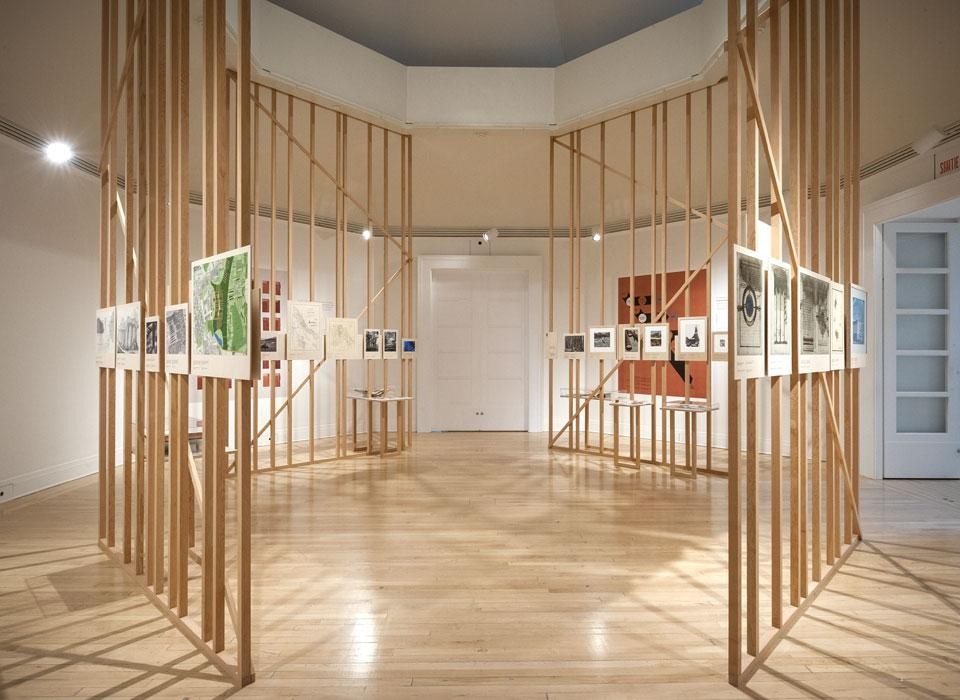
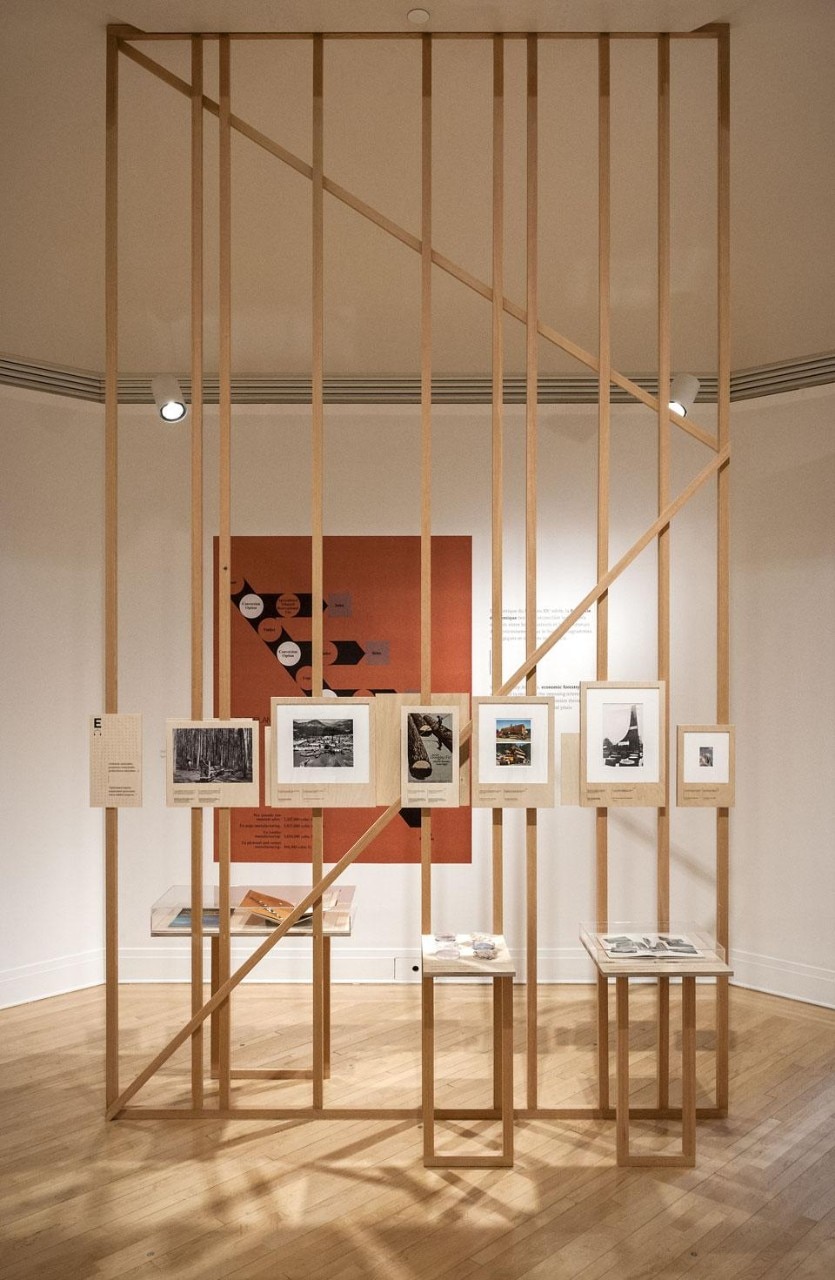
The exhibition explores the ways in which we understand and perceive forests, introducing the concept of forestry as a design (not just science) tool and a form of knowledge about creating artificial forests
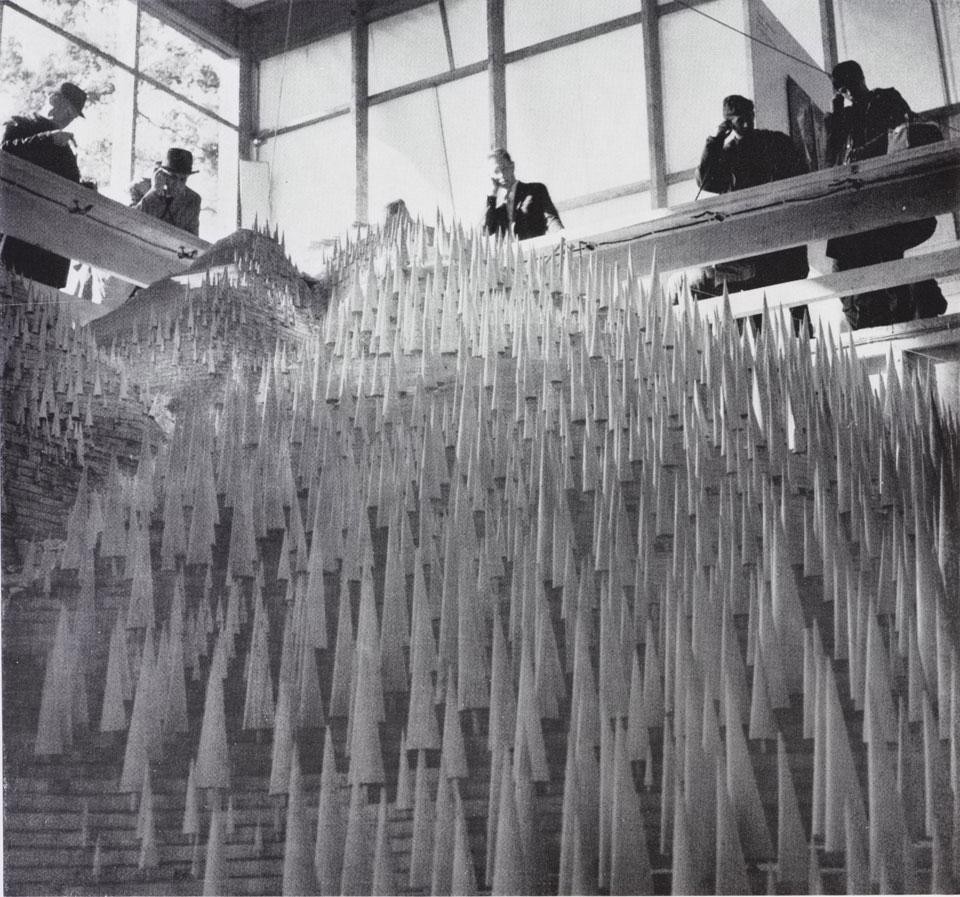
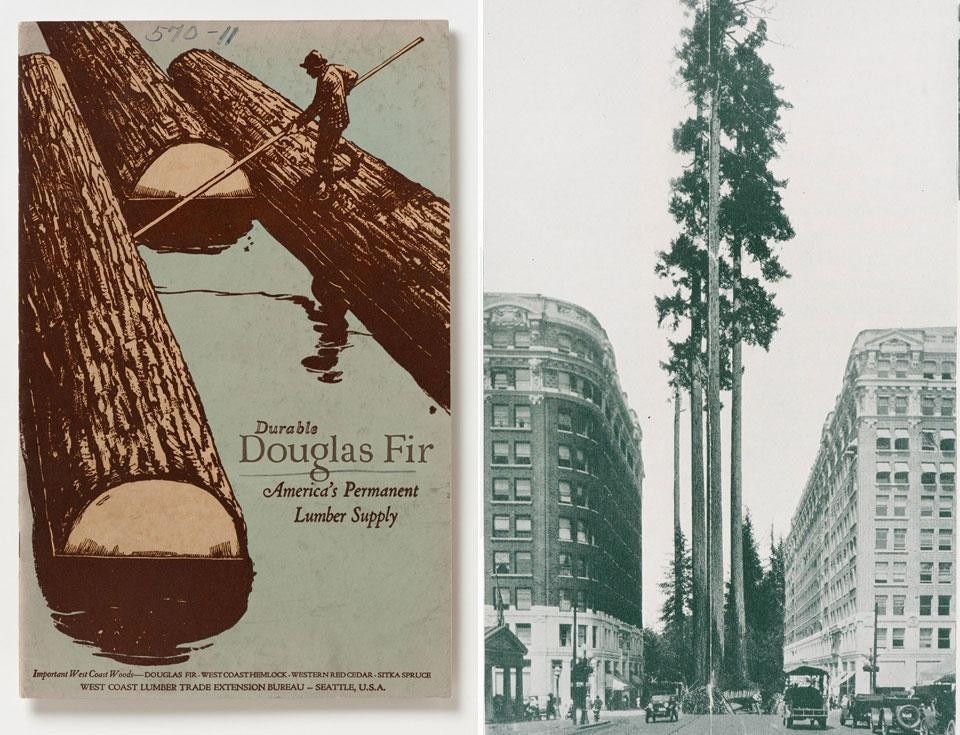
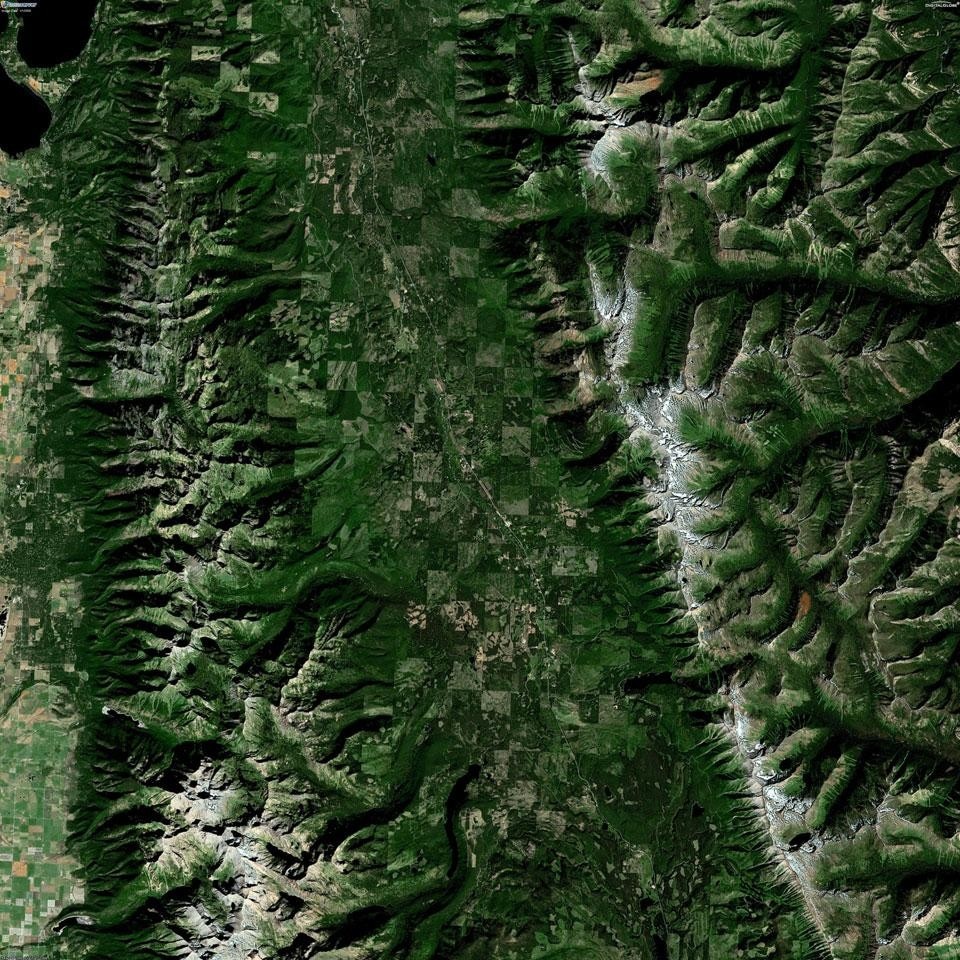
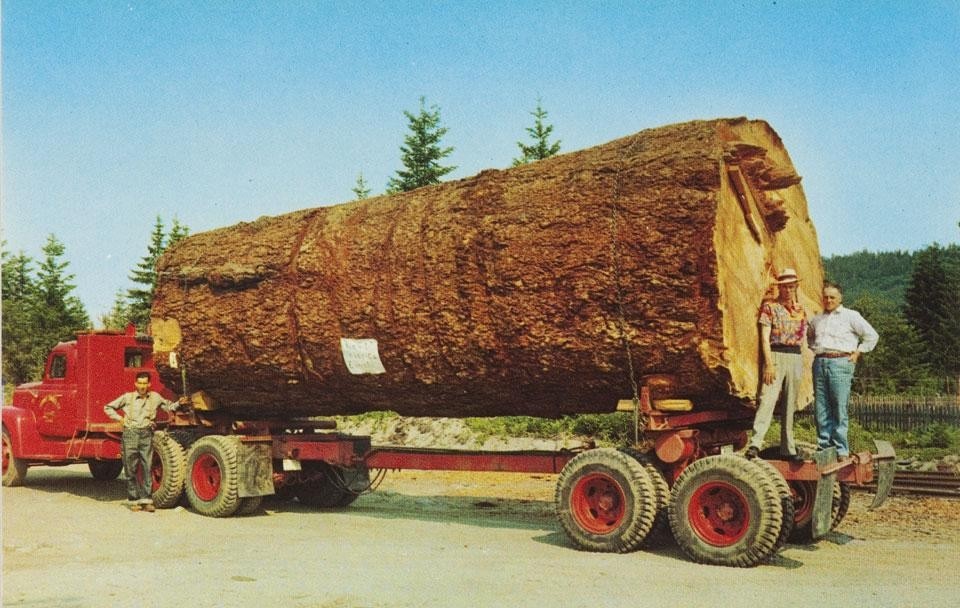
Inaugurating the unique and valuable space of the CCA's Young Curator Program, First, The Forests is a thoughtful curatorial project, exploring marginal and provocative approaches to the discussion of this more and more expanded practice in the field of architecture. The next edition of the curatorial program will surely be anticipated by many. Marcelo López-Dinardi (@marcelolopezd)
First, The Forests
CCA
Montréal, Canada


